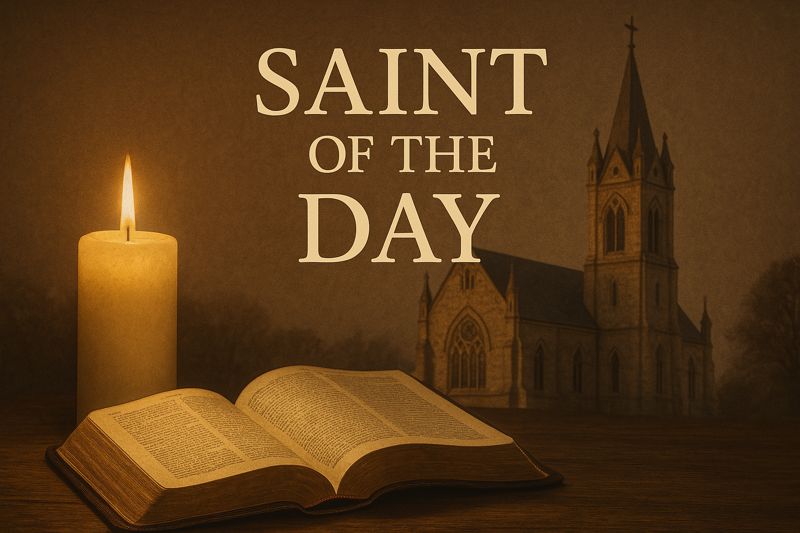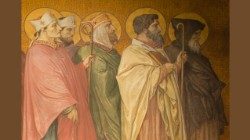Saint of the Day for 15 November

Saint of the Day 15 November: Celebrating the Lives of the Church’s Saints
Every day, the Catholic Church honors a saint or blessed who stood out for their faith, dedication, and love for God. The Saint of the Day is an opportunity for the faithful to learn more about the history of the Church and be inspired by the witness of these men and women who lived according to Christ’s teachings.
The Meaning of the Saint of the Day
The celebration of the Saint of the Day is a Church tradition that helps us remember those who were examples of faith and holiness. Saints may have been martyrs who gave their lives defending their faith, missionaries who spread the Gospel, or ordinary people who lived in deep communion with God through simplicity.
Learning about each saint’s story inspires us to live with more love, patience, and hope. It also reminds us that we are all called to holiness.
Why Do We Celebrate the Saints?
Saints serve as models of Christian life. Their stories show us that, despite challenges, it is possible to live according to God’s will. Moreover, the faithful often seek the intercession of saints, believing that they are close to God and can pray for our needs.
Following the Saint of the Day is a way to strengthen our spiritual journey and learn from those who dedicated their lives to serving God. May we follow their examples and strive each day to live with greater love, faith, and hope!
🙏 May today’s Saint of the Day intercede for us and inspire us to live according to God’s will!

Bishop in Brittany
He was a bishop, but he did not hold office: some disputes led him to abandon his flock and resign his bishopric. He went to Aquitaine and at Saintonge he completed his earthly pilgrimage. Malo had studied in Wales in the monastic school of Llancarfan, which had been founded by Saint Cadoc, and remained there as a monk. According to tradition, once he became bishop Malo left Glamorgan together with some of his companions, took to the sea, and made a way stop on the island of the hermit, Aaron. On the advice of the hermit, the Welsh monks went to Aleth, a city of the ancient lands of the Coriosolites.
Fleeing Persecution
As persecution fell upon the inhabitants of Aleth, Malo went on his way to find shelter in Saintonge. He returned from exile at the request of the inhabitants of Aleth, who were devastated by plague and famine. After the plague passed, Malo returned to Saintonge, where he died on November 16, 649. THe Christians of Aleth managed to recover some of his relics. During the Norman invasions on the coasts of Brittany, Malo’s relics were kept in Île-de-France, more precisely in Saint-Jacques du Haut-Pas, Paris.
The churches that bear its name
The church of Saint Malo in Bully, in the diocese of Arras, owes its name to Malo. His bust, with the vestments of a bishop, a false oaken reliquary (which dates to the eighteenth century), is in the choir. In the Paris region, the cathedral of Pontoise is dedicated to him.
Liturgical Calendar
15 November: Saturday of the Thirty-second Week in Ordinary Time
Today's Readings and Gospel
Reading I:
Wisdom 18:14-16; 19:6-9
Alleluia:
See 2 Thessalonians 2:14
Gospel:
Luke 18:1-8
Liturgical vestments: Green
“The traitor knows that he has already lost that soul which perseveres in prayer” (Saint Teresa of Jesus)
“Creation was made to be a space for prayer. Creation is there for us to worship God. Saint Benedict said in his rule: 'Let nothing be preferred to the Work of God'” (Benedict XVI)
"When we begin to pray, a thousand labors or cares thought to be urgent vie for priority; once again, it is the moment of truth for the heart" (Catechism of the Catholic Church, n. 2732)